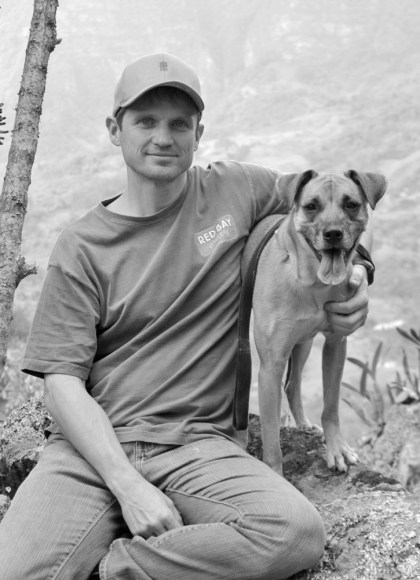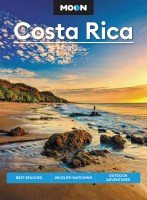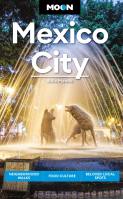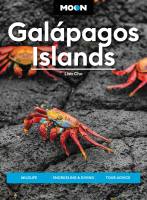Plaza to Plaza: A Cartagena Walking Tour
The best way to get to know Cartagena, Colombia, is to go for a morning stroll, finding your way from plaza to plaza, and even getting lost a couple of times. This tour begins in the Centro and ends in San Diego.
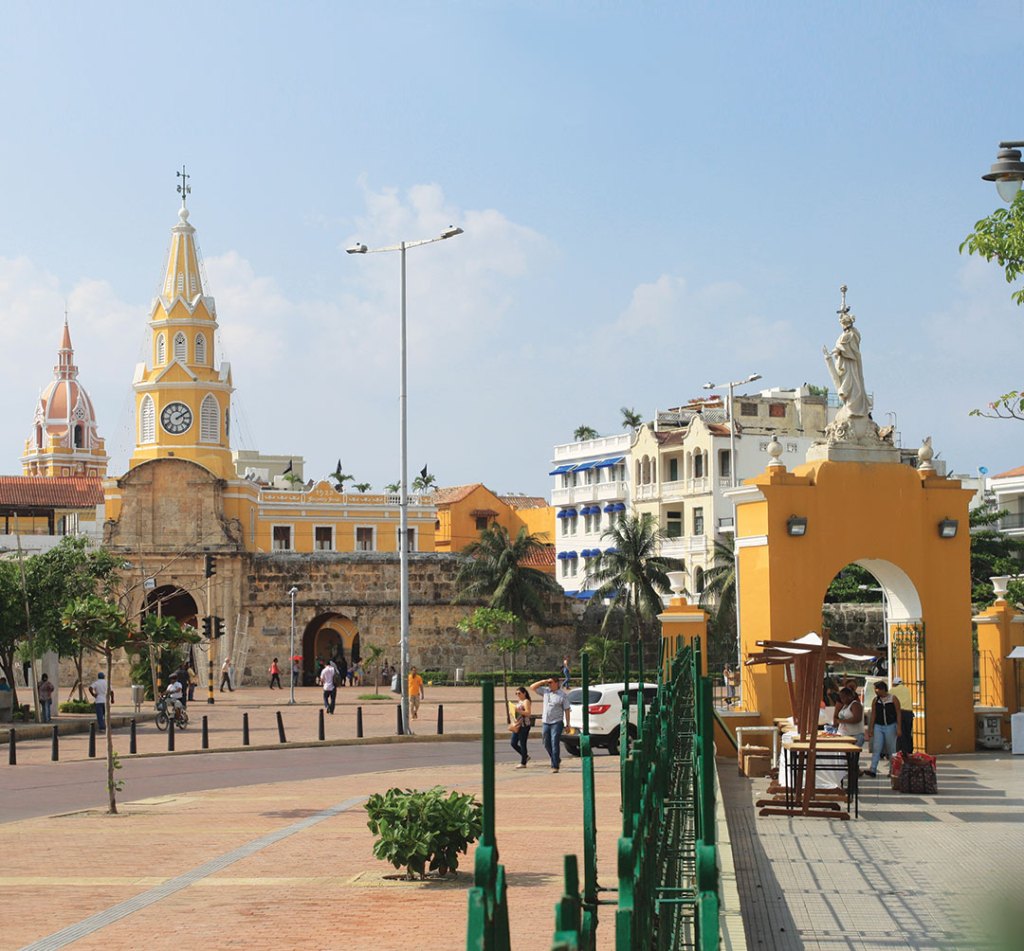
Start at the Plaza de los Coches (west of Av. Venezuela, opposite Getsemaní), once the main entry point to the city. It is easily identifiable by the iconic 19th-century Torre del Reloj (clock tower) that tops the entrance through the wall. Inside stands a statue of Cartagena’s founder Pedro de Heredia. During the colonial period, this plaza was the site of the city’s slave market. Today, the plaza is filled with watering holes catering to visitors. Along the main corridor is the Portal de las Dulces, a row of stands where Afro-Colombian women sell homemade sweets, often made from coconut and tamarind.
Newsletter Signup
By clicking ‘Sign Up,’ I acknowledge that I have read and agree to Hachette Book Group’s Privacy Policy and Terms of Use
Immediately to the southwest is the large triangular Plaza de la Aduana, once the seat of power in colonial Cartagena. It is surrounded by stately colonial mansions. A statue of Christopher Columbus presides in the center. It has its fair share of ATMs and is where the main tourist office is located.
Adjacent to Plaza de la Aduana to the southwest is the Plaza de San Pedro, a small but charming square located in front of the imposing Iglesia de San Pedro Claver and attached cloister.
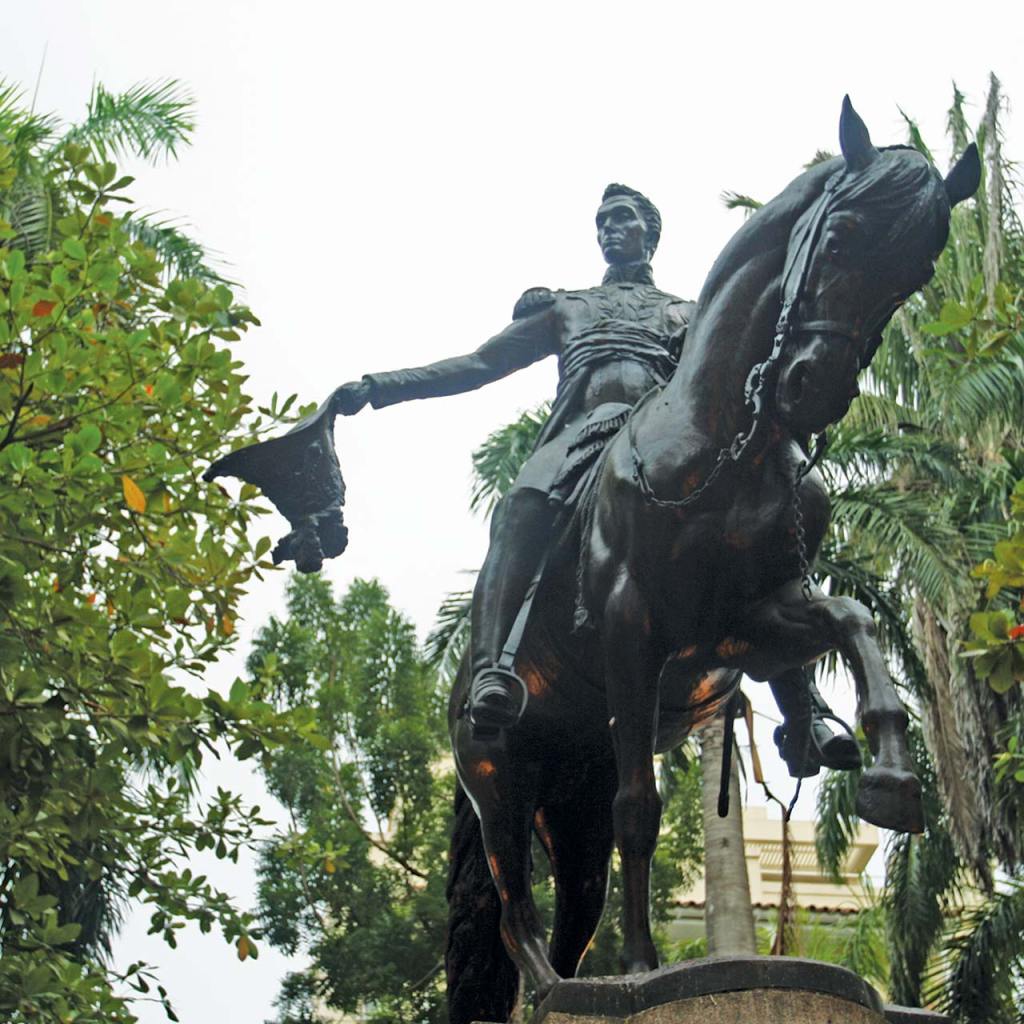
Walk two blocks north on Calle de San Pedro you’ll arrive at the city’s heart, the leafy Plaza de Bolívar, a shady park with benches, fountains, and a statue of Simón Bolívar in the middle. Surrounding this lovely park are some of the most important buildings of the city, including the Catedral Basílica Menor and the Palacio de la Inquisición.
Continue north on Calle de los Santos de Piedra for one block. Take the first left onto Calle de Ayos. One block west is the Plaza de Santo Domingo, in the heart of the former upper class quarter. You will notice many superb two story casas altas built by rich merchants. The plaza is dominated by the austere Iglesia de Santo Domingo. A rotund nude bronze sculpture by Fernando Botero, live musical performances, and many outdoor cafés liven up the popular plaza.
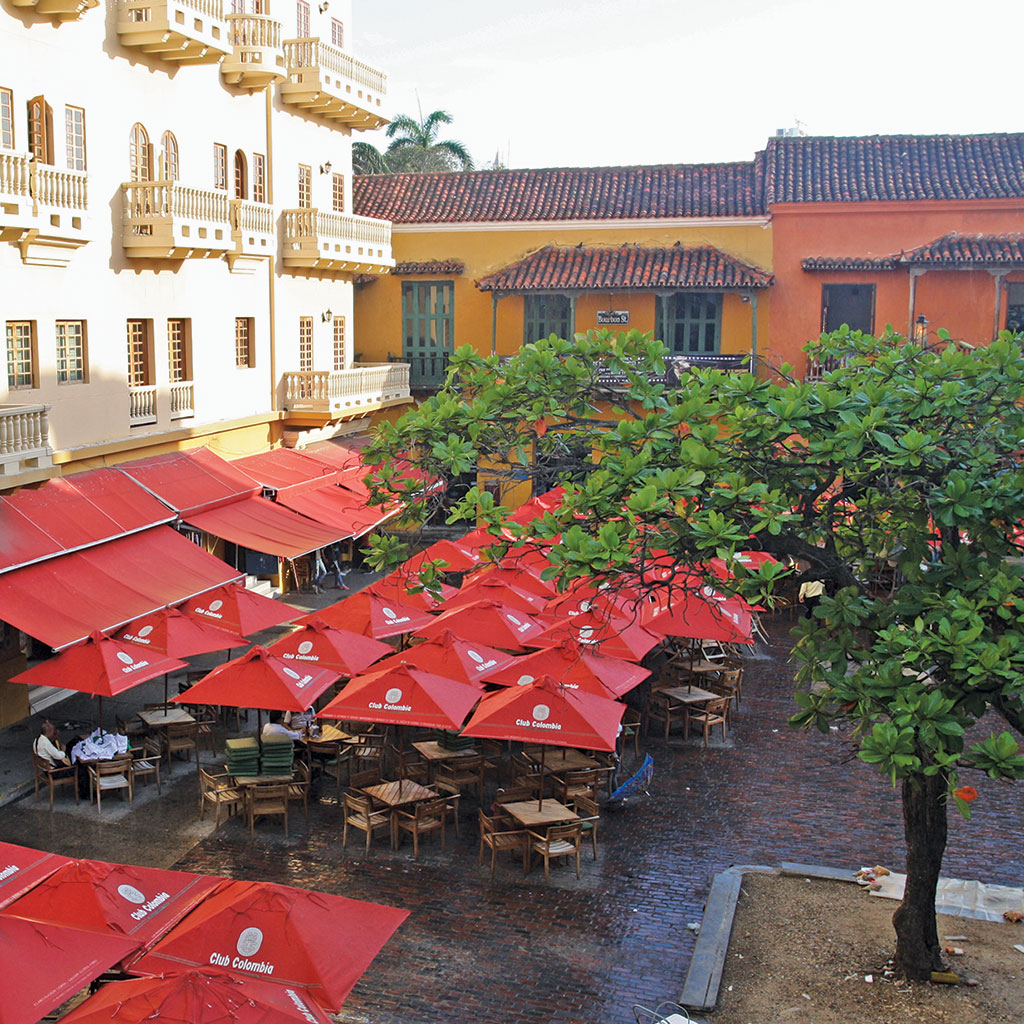
Walk north along Calle de Santo Domingo for a block, then turn right and head east for four blocks on Calle de la Mantilla until you reach Calle Segunda de Badillo. Turn left and half a block north is the large, green Plaza Fernández de Madrid in the San Diego district. On the northwest side is the charming Iglesia Santo Toribio, with its magnificent wooden ceiling.
Head east on Calle del Santísimo for two blocks, then turn left on Calle Cochera del Hobo and go north just over a block to the Plaza San Diego, which is surrounded by inviting restaurants. It’s also where artisans sell handicrafts under the shade of a tree.
Walk north for one block on Calle de las Bóvedas, which will deposit you at the Plaza de las Bóvedas at the extreme northwest of the city. Once the location of a military storehouse, this is where you can browse handicrafts under the golden arched walls of the Galería de las Bóvedas.
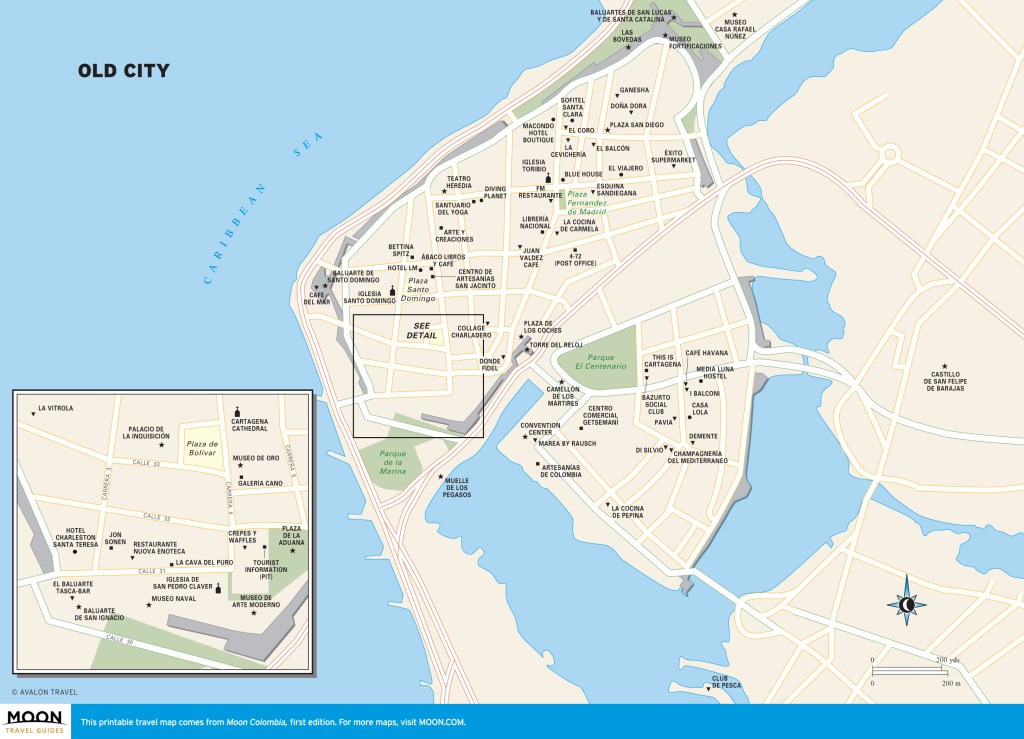
Newsletter Signup
By clicking ‘Sign Up,’ I acknowledge that I have read and agree to Hachette Book Group’s Privacy Policy and Terms of Use
